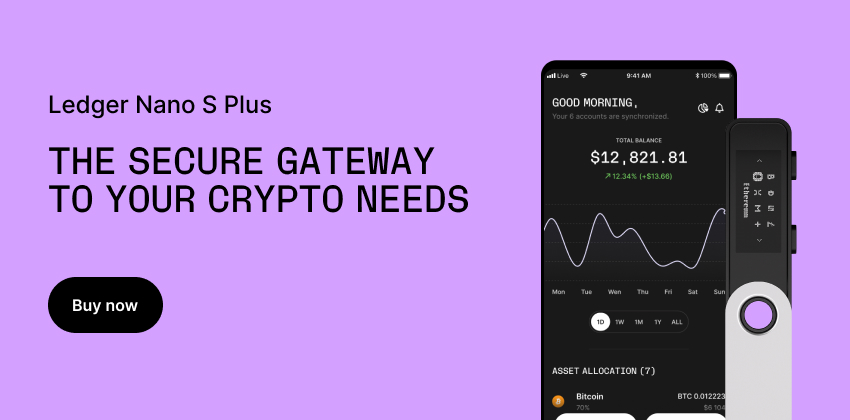IOTA is an open-source distributed ledger and cryptocurrency designed for the Internet of Things (IoT) ecosystem. It was founded in 2015 by David Sønstebø, Sergey Ivancheglo, Dominik Schiener, and Dr. Serguei Popov. IOTA’s unique feature is that it uses a directed acyclic graph (DAG) technology, called the Tangle, instead of a traditional blockchain to handle transactions.
The Tangle allows IOTA to operate without any transaction fees, making it more suitable for micropayments that are common in IoT transactions. Instead of miners validating transactions and earning fees, each transaction must validate two previous transactions, making the system more decentralized and scalable. The IOTA Foundation, a non-profit organization based in Berlin, oversees the development and promotion of IOTA.
From a technical point of view, IOTA’s Tangle works differently than a traditional blockchain. In a blockchain, transactions are collected in blocks that are validated by miners and added to the chain in a linear sequence. In contrast, in the Tangle, each new transaction validates two previous transactions, forming a network of interlinked transactions. This structure allows for parallel processing of transactions, making the network more scalable and faster than traditional blockchains.
The purpose of IOTA is to create a decentralized, fee-less network for the Internet of Things. By eliminating fees, IOTA is designed to facilitate machine-to-machine transactions and micropayments, which are essential for IoT devices. Additionally, IOTA’s scalability and speed make it an attractive option for applications that require fast and reliable transactions, such as supply chain management, data sharing, and digital identity.
Compared to other cryptocurrencies, IOTA has several unique features. Its fee-less structure makes it more suitable for IoT applications, and its DAG technology allows for faster and more scalable transactions. Some alternative cryptocurrencies that compete with IOTA include Nano, Hashgraph, and Hedera Hashgraph. Nano also uses a DAG structure and is fee-less, but it has a smaller user base and less market liquidity than IOTA. Hashgraph and Hedera Hashgraph use a consensus algorithm called gossip protocol and offer faster transaction times, but they are not completely decentralized, as they rely on a group of trusted nodes to validate transactions.
One of the main advantages of IOTA is its scalability and speed, as it can handle an increasing number of transactions without slowing down. However, IOTA has faced some criticism regarding its security, as the Tangle’s structure makes it vulnerable to certain types of attacks. Additionally, IOTA’s value has fluctuated significantly in recent years, with the price falling from its all-time high of $5.25 in December 2017 to around $0.40 in March 2023.
Despite these challenges, IOTA has formed partnerships with several major companies, including Volkswagen, Fujitsu, and Bosch. These partnerships are focused on using IOTA for applications such as autonomous vehicles, supply chain management, and smart cities. In the future, IOTA may also be used for other applications such as secure data sharing, digital identity, and energy management.
In conclusion, IOTA’s unique approach to cryptocurrency, using the Tangle instead of a traditional blockchain, makes it an attractive option for IoT applications that require fast and scalable transactions. While it faces competition from other cryptocurrencies, its partnerships with major companies and growing user base suggest that IOTA has a promising future. However, its vulnerability to attacks and price volatility remain important factors to consider when evaluating its potential as a long-term investment.








